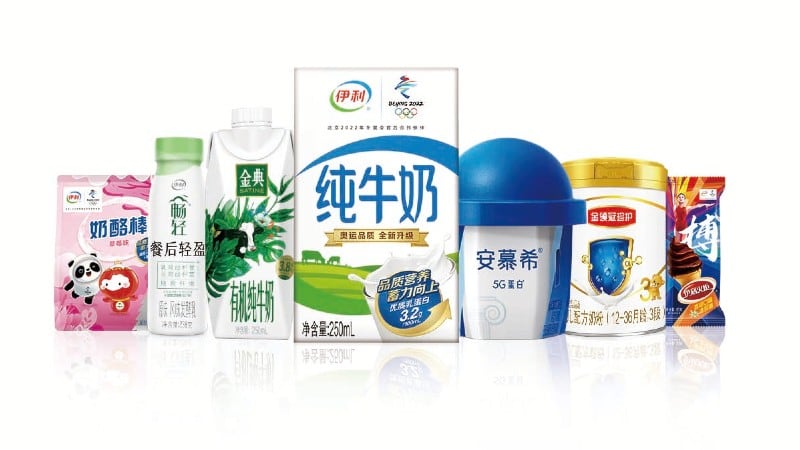Cow’s milk allergy is the most common food allergy in early childhood, the current approach involve giving them cow’s milk-based extensively hydrolysed formulas or amino acid-based formulas in the case of severe symptoms.
Extensively hydrolysed formulas contain casein that have already been broken down or partially hydrolysed, making it easier for infants to digest. Casein is the cow's milk protein that is the cause of allergy. Amino acid-based formulas are intended for infants that suffer from severe cow’s milk allergy, and are made with amino acids, making them hypoallergenic since they do not contain peptides that may trigger an immune response.
In recent years, hydrolysed rice formulas have been proposed as a suitable plant-based alternative to extensively hydrolysed formulas, for its better palatability and potential effectiveness.
However hydrolysed rice formulas are mostly marketed in Italy, France, and Spain, so this remains the biggest barrier to its widespread use in the MENA region.
In a roundtable conducted in 2021, experts from the Europe and MENA region discussed the hypoallergenic infant formula space in MENA, and the advantages of hydrolysed rice formula in the management of infants with cow’s milk allergy.
The virtual roundtable involved healthcare professionals comprising of gastroenterologists and paediatric allergist/immunologists from Egypt, Kuwait, Saudi Arabia, and the United Arab Emirates.
The meeting was chaired by Yvan Vandenplas, Head of the Department of Paediatrics, from the University Hospital Brussels in Belgium.
Prior to the roundtable, a brief survey was distributed to 50 general paediatricians in Kuwait, Saudi Arabia, and the United Arab Emirates to assess current approaches to the dietary management of cow’s milk allergy from first line (first recommendation) to second line approach.
Survey findings
The survey revealed that extensively hydrolysed formula (53%) remains the most popular and first line approach recommended by healthcare professionals to manage mild-to-moderate cow’s milk allergy.
As a second line approach, healthcare professionals also recommended amino acid-based formula (49%) to manage mild-to-moderate cow’s milk allergy.
However, healthcare professionals say feedback from patients often cite poor palatability and formula acceptance in terms of affordability, when on extensively hydrolysed or amino acid-based formulas.
Roundtable findings
At the roundtable, all experts recommended hydrolysed rice formula, suggesting it might be more effective than cow’s milk-based extensively hydrolysed formula, since around 12 to 15% of infants with cow’s milk allergy may still react adversely.
They also considered hydrolysed rice formula to be more palatable than extensively hydrolysed formula, and that it is suitable for those following a halal diet.
All experts agree that hydrolysed rice formula has the potential to be widely used and accepted in the MENA region in place of extensively hydrolysed formula due to improved palatability and other compelling attributes, such as competitive cost and being free from residual cow’s milk protein.
“Local clinical data will be essential to increase physician confidence in regions where hydrolysed rice formula is not currently an option such as Kuwait, Saudi Arabia, and United Arab Emirates,” they said.
“Education efforts, ideally led by third-party experts, are a key factor to expediting the widespread use and acceptance of hydrolysed rice formula in the MENA region. It will be critical to raise awareness and disseminate knowledge among healthcare professionals via scientific meetings, presentations, and community webinars, and to concisely communicate the evidence-based benefits of hydrolysed rice formula.”
Source: Nutrients
https://doi.org/10.3390/nu13103429
“Exploring the Advantages of a Hydrolyzed Rice Formula in the Dietary Management of Infants with Cow’s Milk Allergy in the Middle East, North Africa, and Pakistan Region”
Authors: Yvan Vandenplas, et al.




